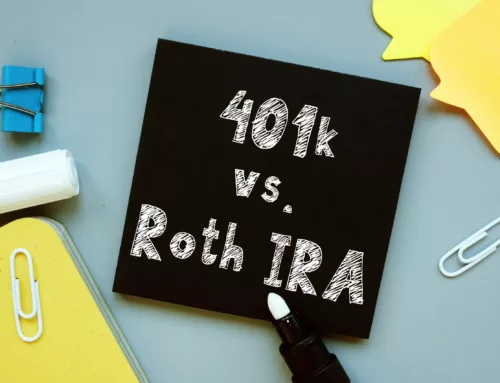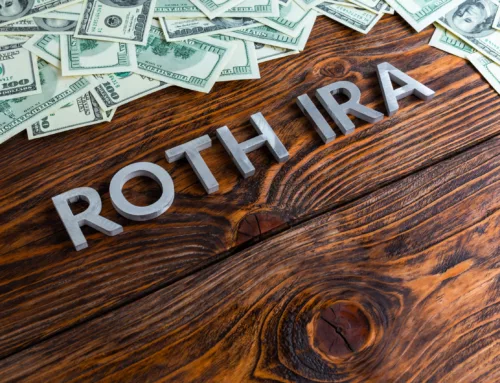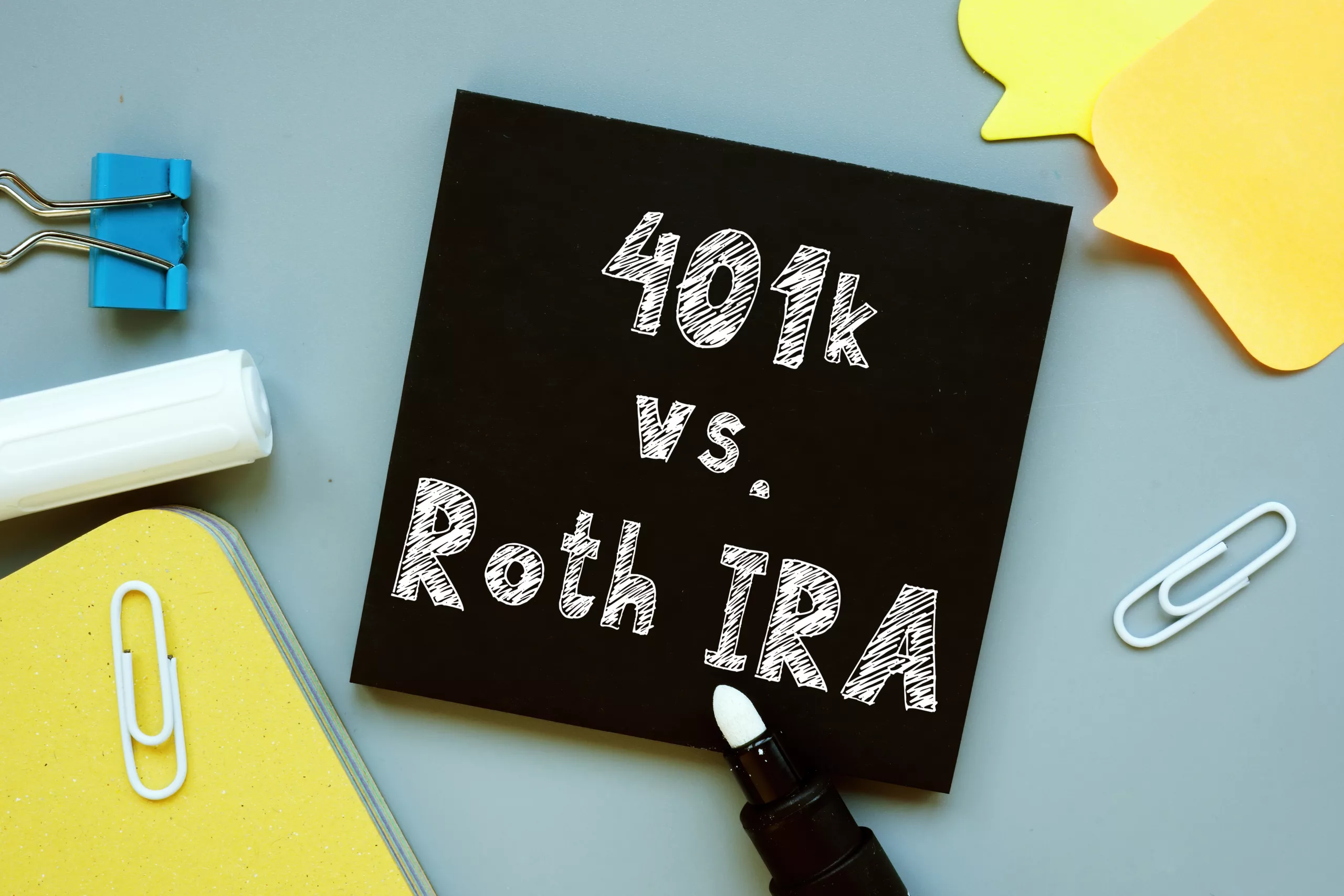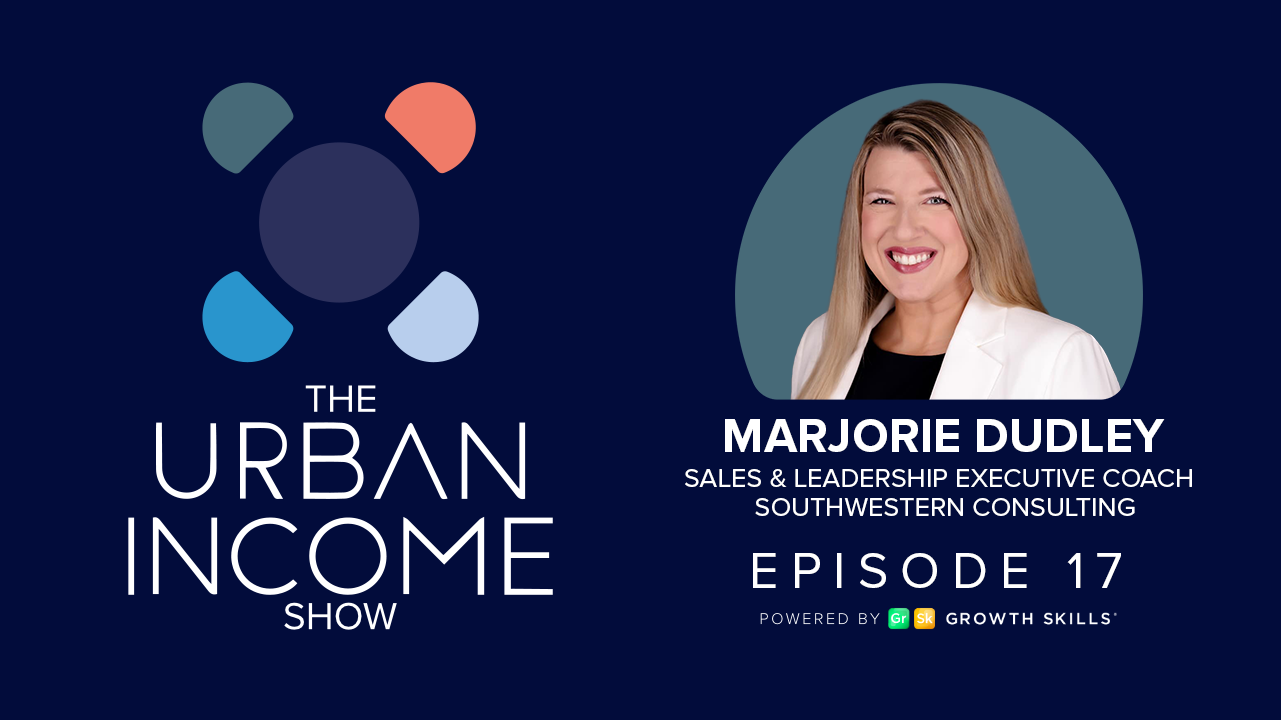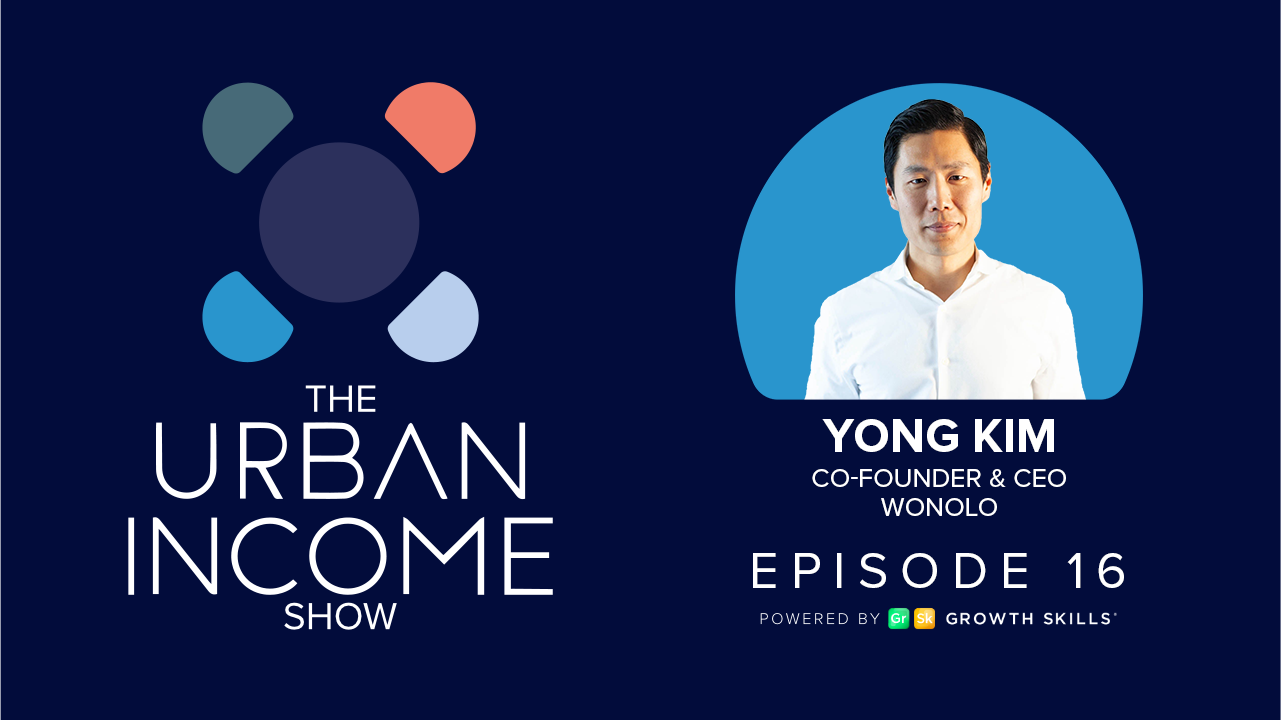How to Invest Money
Knowing how to invest money is the single best way to build wealth over your lifetime. And the best thing about investments is that the money they earn is 100% passive — in other words, you can invest your money and forget about it until it’s time to collect.
For many first-time investors, however, terms like “stocks,” “bonds,” “IRA,” and “401k” sound a bit intimidating.
Fear not. We’re here to make it simple for you. Read on.
Why Invest?
The stock market is the best way to build generational wealth. When you invest your money for the long-term, you can:
- Set yourself up for a comfortable retirement
- Get the maximum value out of your current money
- Learn about exciting trends in the marketplace
- Save up for a college fund
How To Invest Money: 4 Steps
To keep things brief, following these five steps is the best way to get into investing:
1. Decide How Much Risk You’re Comfortable With
Generally, the older you are, the less risk you should assume. That’s because you have less time to absorb any setbacks such as recessions.
2. Decide on DIY or Managed Investing
The DIY route can be fun — you manage your own portfolio, by learning about stocks and exciting new investment opportunities. But DIY is also a hefty and risky job, which is why many people prefer to have their investments managed by a professional.
3. Decide Which Investment Account(s) You Want To Use
Investment accounts include 401(k)s, IRAs, taxable brokerage accounts, education investment accounts, and more.
4. Open Your Account and Invest
Choose an investment firm and open your account, then flesh out your account with investments that match your risk tolerance. Remember that diversification is the best protection against loss.
How To Invest Money by Risk Tolerance
Your risk tolerance is determined by how much money you’re willing to lose. In general, investments that yield the highest payouts are susceptible to the highest losses.
In terms of the stock market, stocks are riskier than bonds. That’s because stocks can vaporize overnight with no protection. The government backs bonds.
To decide on your ideal ratio of stocks to bonds, a rule of thumb is: 110 – (your age) = percentage of stocks in your portfolio. For instance, if you’re 30, that’s 110 – 30 = 80% stocks/20% bonds. As you grow older, you want to protect the money you’ve earned by decreasing the stock-to-bond ratio.
Choosing Between DIY and Managed Investments
The short script of the stock market is this: it’s hard to beat the market average of 10% returns per year.
Like, really hard.
Some studies have shown that you can spend enormous amounts of energy buying and selling stocks, or you can simply choose stocks at random, and you’ll usually end up with the same returns: around 10%.
When you invest in things like exchange-traded funds (ETFs) or mutual funds, you can put things in the hands of someone who knows how to invest money professionally. That lets you focus your investing efforts on more predictable opportunities like real estate.
How To Invest Money With an Investment Account
Investment accounts are a lot like bank accounts: you can choose between different institutions and find the one whose fees and benefits match your needs.
Some investment accounts give you tax advantages for retirement accounts. Some, like IRAs, penalize you for withdrawing money before a certain age. Here is a summary of different investment accounts:
- 401(k): Many employers provide a 401(k) to their employees, and some match your contributions each year up to a limit. Note: if your employer matches your contributions, contribute at least the maximum amount each year — that’s free money.
- IRA: IRA stands for “individual retirement account” and can be either a traditional or Roth IRA. A traditional IRA lets you deduct your contributions from your taxes but taxes your payouts as normal income. A Roth IRA lets your money grow tax-free and doesn’t tax payouts.
- College savings account: These accounts provide tax perks for those saving for a college education. The most common types are a Coverdell savings account and a 529 account.
How To Invest Money by Investment Type
When you choose an investment institution (Merrill Lynch, Vanguard, etc.), your annual management fee should range between 0.25% and 0.50%. You may be able to open an account without any initial deposit.
You’ll want to add money regularly (each month if possible) to get the best results. Here are possible investment types:
- Stocks: Individual ownership shares of publicly traded companies
- Bonds: Money you lend to the government for interest rate returns
- Funds: Mutual funds, ETFs, or index funds let you spread your money over large amounts of stocks, bonds, or other types of investments. Mutual funds and ETFs are actively managed; index funds simply track the progress of a certain sector.
Real estate: Whether you buy property on your own, invest in REITs (basically like a mutual fund but for real estate), or use an online real estate investment platform. Real estate is usually a great way to diversify your portfolio.
